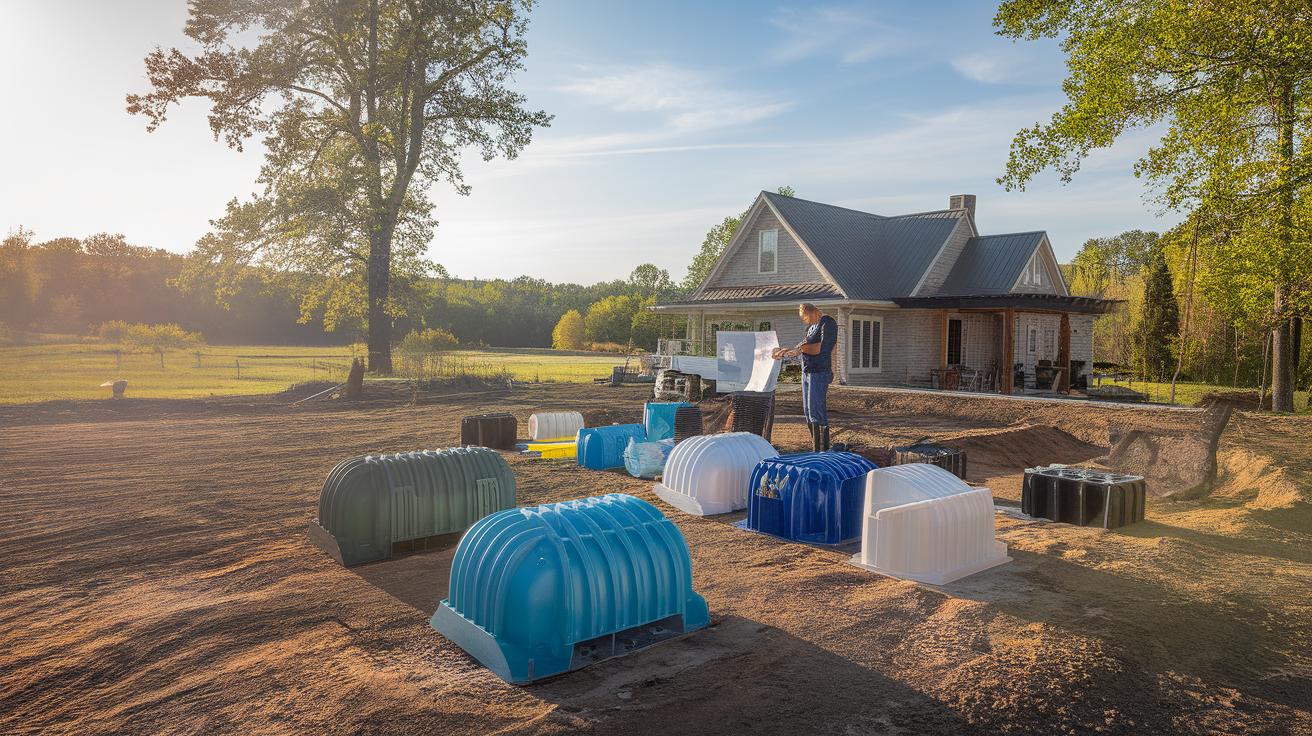Introduction
Homeowners living off the grid often confront unique challenges, one of which is effective sewage management. A DIY septic system presents an appealing solution, allowing individuals to design and install a wastewater treatment system that meets their specific needs while ensuring environmental safety. This guide will navigate you through building and maintaining your own septic system, ensuring you stay compliant with health regulations. Understanding septic systems not only promotes better hygiene but also supports sustainable living.
Many off-grid homeowners find traditional sewage systems impractical or too costly. By creating a DIY septic system, they can benefit from a reliable method of treating wastewater on their property. This article will cover essential information regarding septic tank designs, installation procedures, maintenance practices, and troubleshooting common issues that may arise. Embracing this method can empower homeowners to take control of their sanitation needs and contribute positively to their local environment.
Understanding Septic Systems Basic Concepts and Environmental Benefits
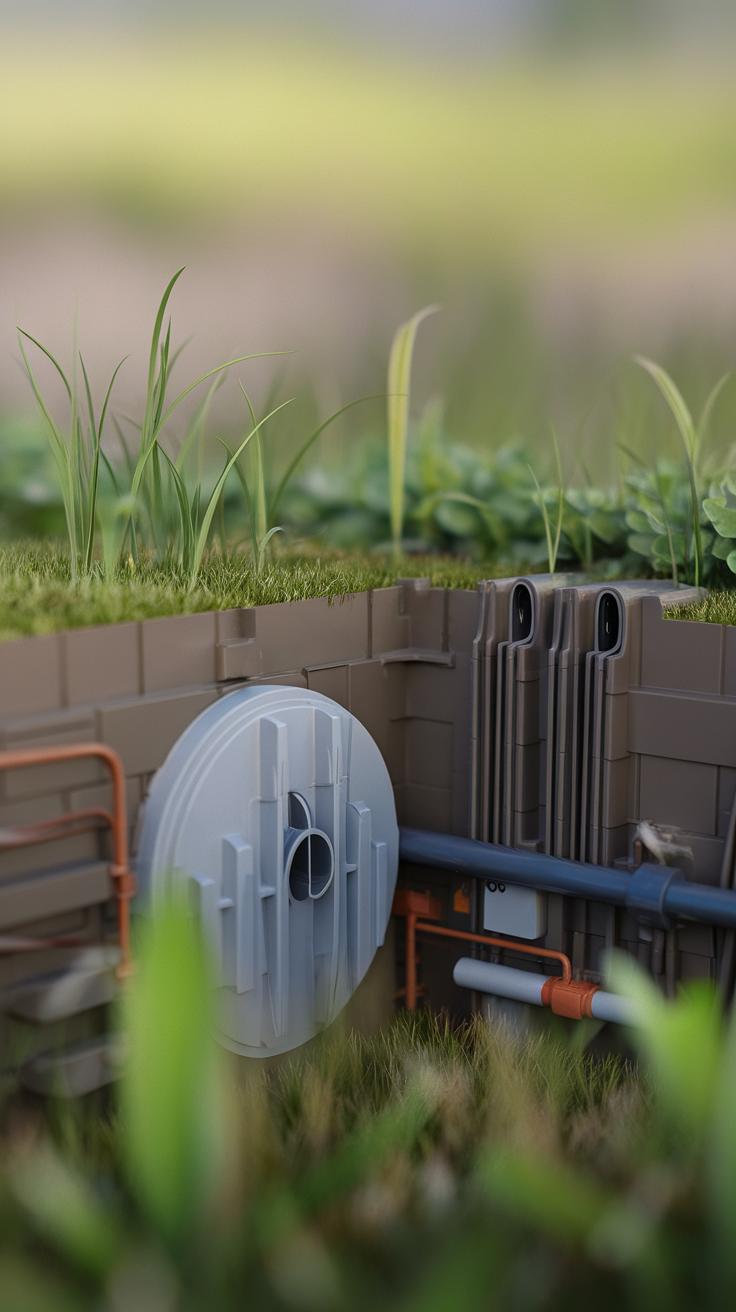
Septic systems serve as essential wastewater treatment solutions, especially for off-grid homeowners. These systems efficiently treat sewage and manage waste on-site, offering independence from municipal services. A typical septic system includes a septic tank, a drainage field, and pipes. The septic tank collects waste and allows solids to settle at the bottom, while the liquid fraction flows into the drainage field. Here, soil bacteria break down the remaining waste, filtering out harmful materials.
Understanding how septic systems work is vital for maintaining a clean environment. Proper sewage treatment prevents contamination of groundwater and local water sources, protecting ecosystems and public health. Operating a septic system in a sustainable way plays a significant role in minimizing pollution, conserving water, and promoting better management of resources. This method of waste treatment not only serves individual homes but also contributes to the overall health of the community and environment.
Choosing the Right Design DIY Septic System Options for OffGrid Homeowners
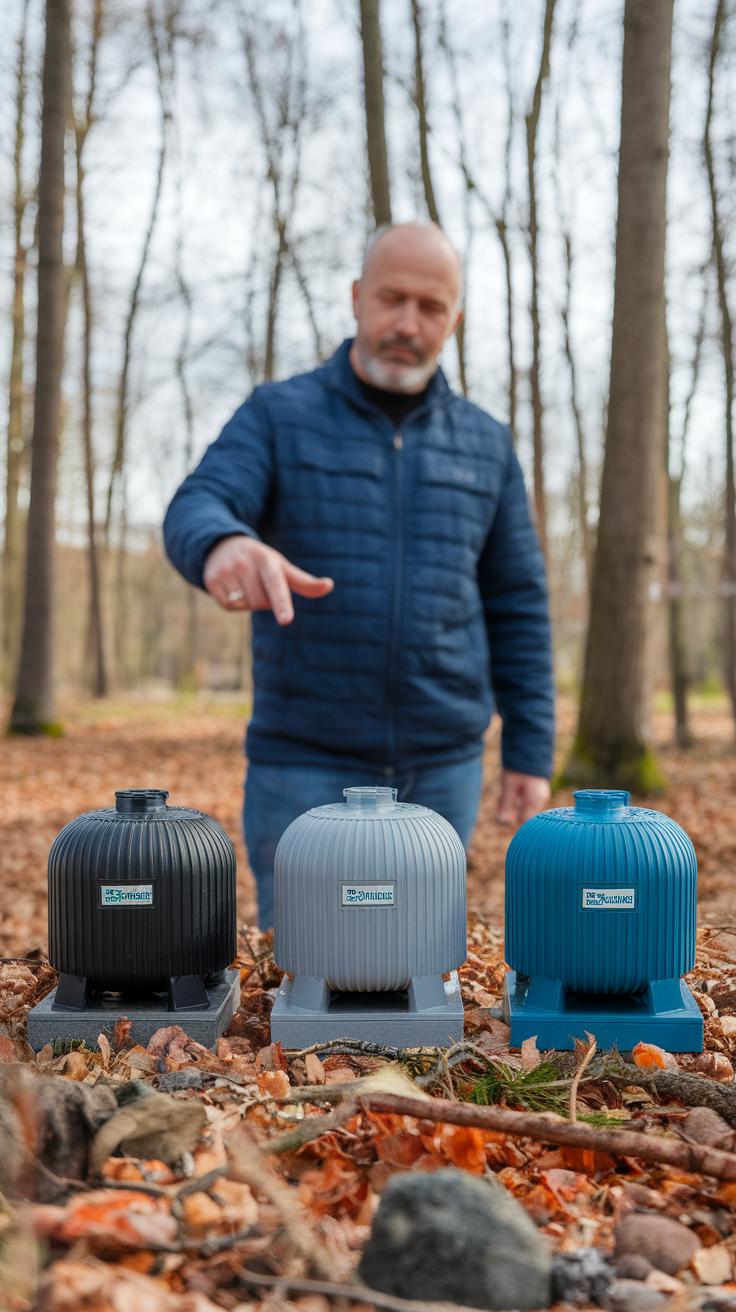
Exploring Septic System Designs
When planning a DIY septic system for off-grid living, selecting the right design matters. Several options exist, each offering unique benefits and drawbacks. The conventional trench system involves burying perforated pipes in a gravel bed. This method often requires extensive space but efficiently treats wastewater. The mound system elevates the leaching area above the natural ground, making it suitable for areas with high water tables. However, this system demands more material and labor.
Another option is the aerobic treatment unit (ATU), which uses oxygen to break down waste. While it processes effluent quickly, it needs electricity for operation and regular maintenance. Lastly, composting toilets offer a sustainable alternative, producing compost instead of traditional wastewater. Although they require dedication and may feel less comfortable at first, they significantly reduce water usage and have a smaller environmental footprint.
Understanding Each Design’s Pros and Cons
Every septic system design has advantages and disadvantages. Conventional trench systems last long and comply with most regulations but require ample land. Mound systems can adapt to challenging environments, yet they can be costly and labor-intensive. ATUs offer fast processing but may lead to higher electricity costs. Composting toilets thrive in water-scarce areas and reduce wastewater but require consistent user engagement and maintenance.
Choosing the right septic system design ultimately depends on an individual’s location, budget, and lifestyle. Understanding these options helps homeowners make informed decisions that align with their off-grid living goals.
Planning Your Installation Steps for DIY Septic System Preparation
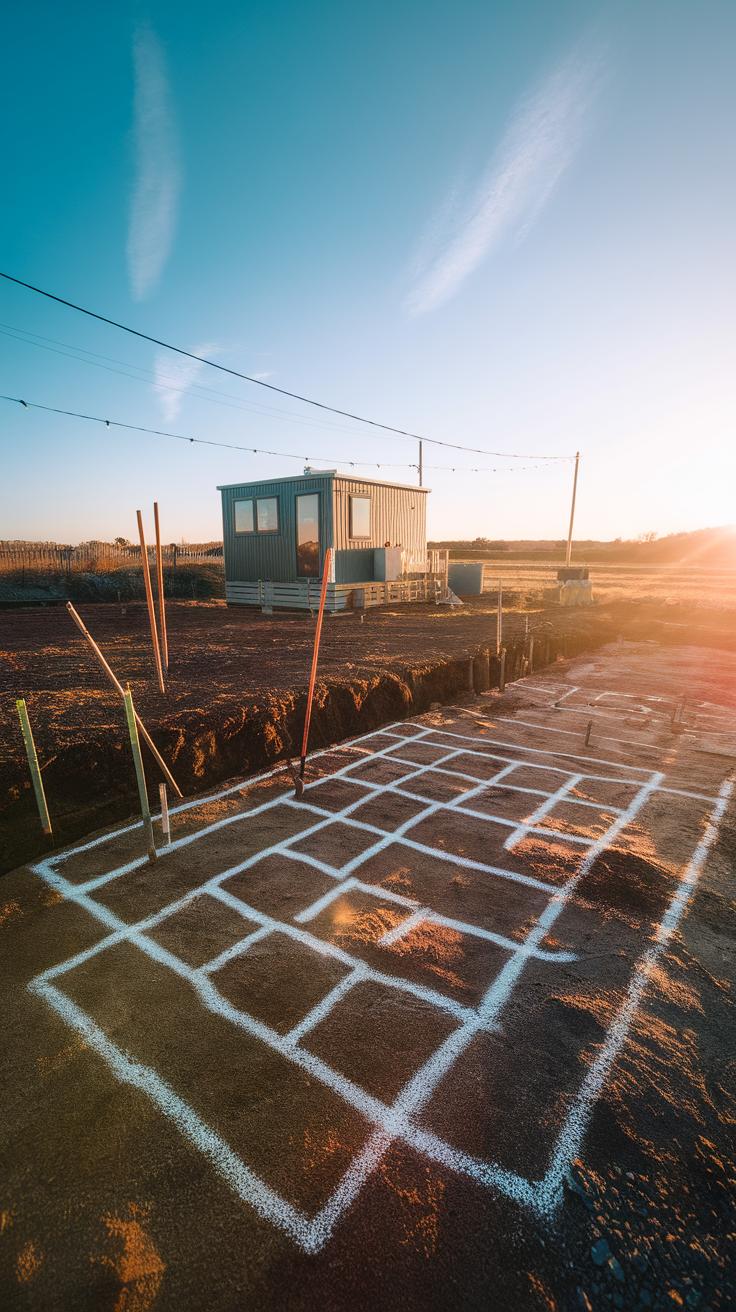
Site Evaluation
Start your DIY septic system preparation by evaluating the site. Choose a location at least 100 feet from water sources like wells or rivers. Check the soil type; sandy soils drain well, while clay soils retain water. Conduct a percolation test to see how quickly water absorbs into the ground. Dig a small hole about 12 inches deep, fill it with water, and monitor how long it takes for the water to disappear. This test helps determine the best design for your system.
Permits and Regulations
Contact your local health department for permits and regulations. Different areas have various rules regarding septic systems. Obtain necessary permits before starting your project. This process ensures you follow local laws and helps protect the environment. Understanding these regulations also helps you avoid potential fines in the future.
Layout Planning
Develop a clear layout of your septic system design. This plan should include tank location, drain field, and any other required components. Mark the boundaries and ensure you have enough space for maintenance and access. Use markers to define the area for digging, ensuring no obstacles are in the way. A well-thought-out layout will streamline the installation process and ensure your system operates effectively.
Installation Process Your DIY Septic System
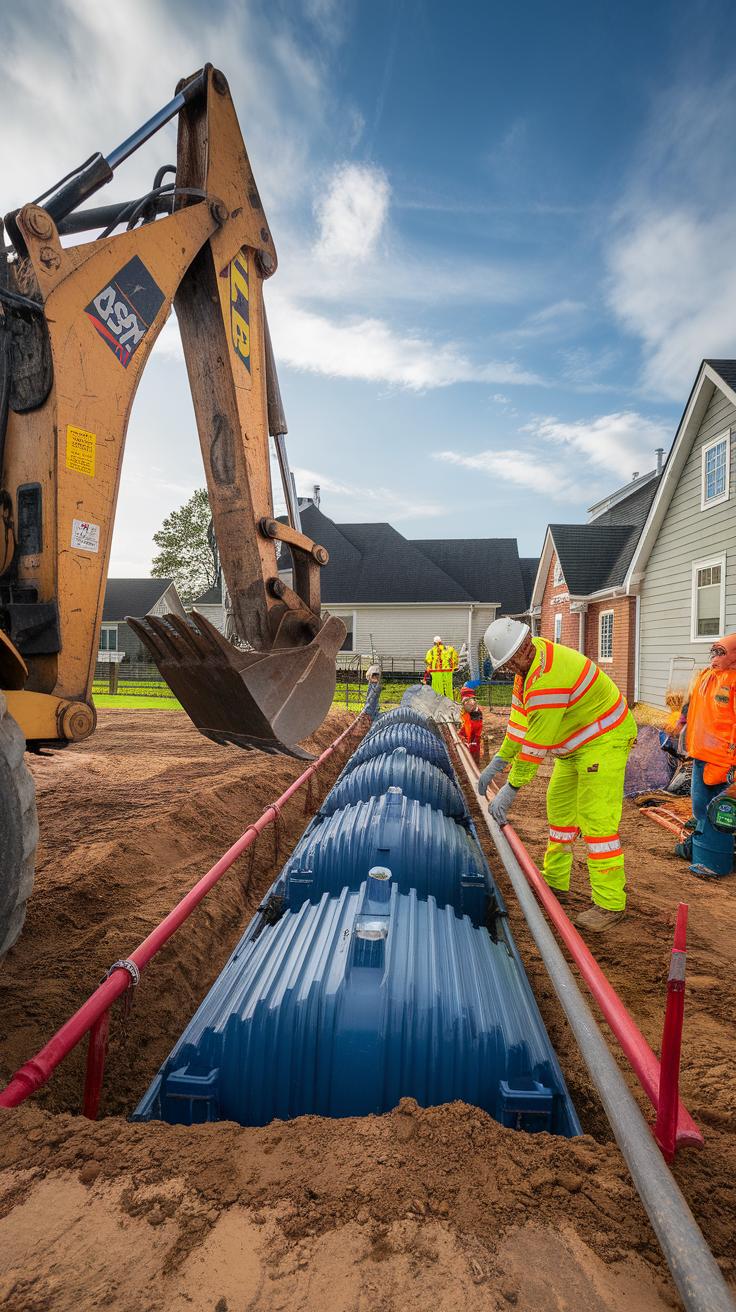
Step-by-Step Guide
Begin the installation by marking the area where you will place the septic tank. Dig a hole large enough to fit the tank, ensuring it sits level. Prepare a base layer of gravel to support the tank. Carefully lower the septic tank into the hole and connect the inlet pipe from your home to the tank. Follow the manufacturer’s instructions for all connections, and make certain everything fits snugly.
Next, install the drain field by digging trenches for the perforated piping. Place a layer of gravel at the bottom of each trench before laying the perforated pipes on top. Cover these pipes with more gravel and top it off with soil. Allow the trenches enough space to handle wastewater effectively.
Safety and Efficiency Measures
Wear safety gear, such as gloves and boots, when handling materials. Check local building codes to ensure your installation meets regulations. Test the system by running water from your home and checking for leaks. Maintain proper ventilation throughout the installation to avoid exposure to harmful gases.
Keep a checklist handy to verify all steps during installation. This will help ensure that your DIY septic system functions efficiently. Proper planning and execution during installation will set the foundation for the longevity of your system. Taking these steps will prepare you for the important maintenance that follows.
Maintaining Your DIY Septic System
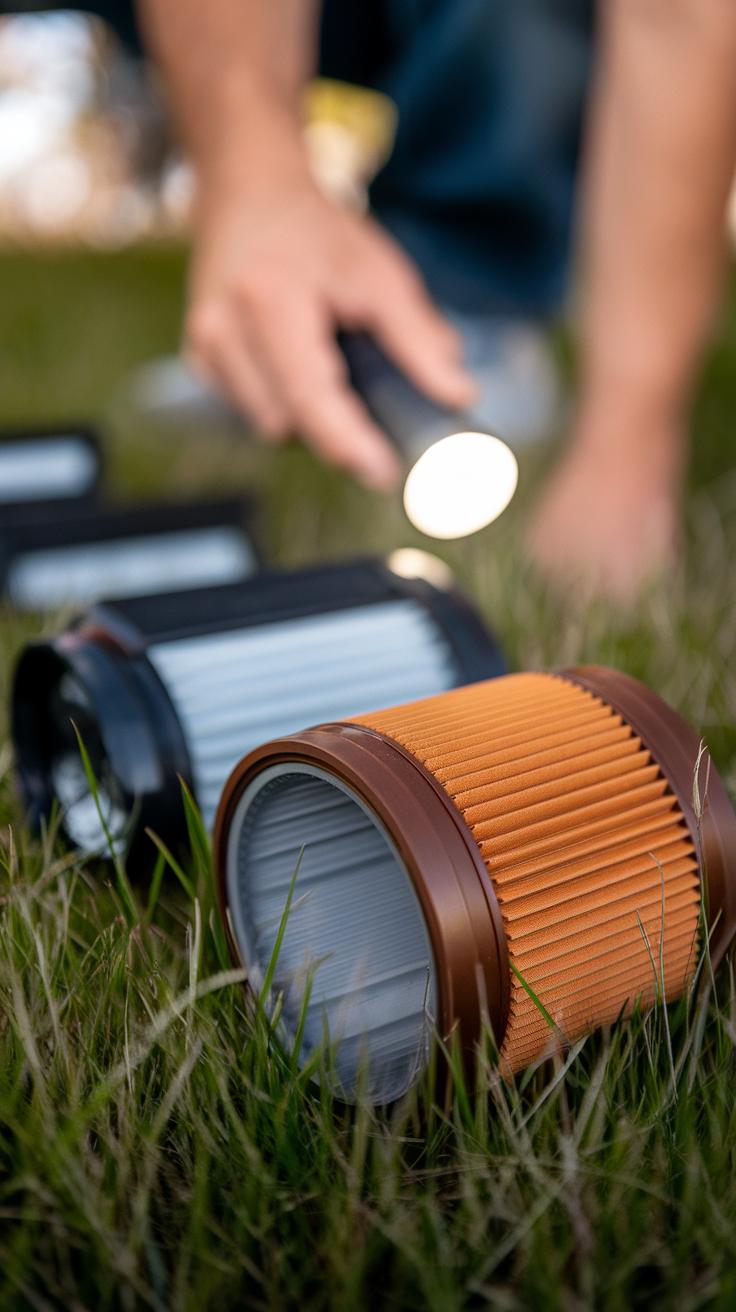
Essential Maintenance Practices
Maintaining your DIY septic system ensures its efficiency and longevity. Regularly inspect the system for any leaks or damage. Look for signs of trouble like unusual odors or wet spots in your yard. Keep a close eye on your tank levels. Schedule pumping every 3 to 5 years, depending on household size and usage. Avoid flushing non-biodegradable items, which can clog the system and cause backups.
Inspection and Care Tips
Maintain healthy bacteria levels by adding enzyme treatments when needed. Monitor water usage to prevent overload, as excessive water can disrupt balance. Keep your drain field clear of plants and trees to prevent root intrusion, which can damage the pipes. Educate your family about proper waste disposal to ensure everyone understands what can and cannot go into the system. Regular care helps avoid costly repairs in the future.
Troubleshooting Common Issues with DIY Septic Systems
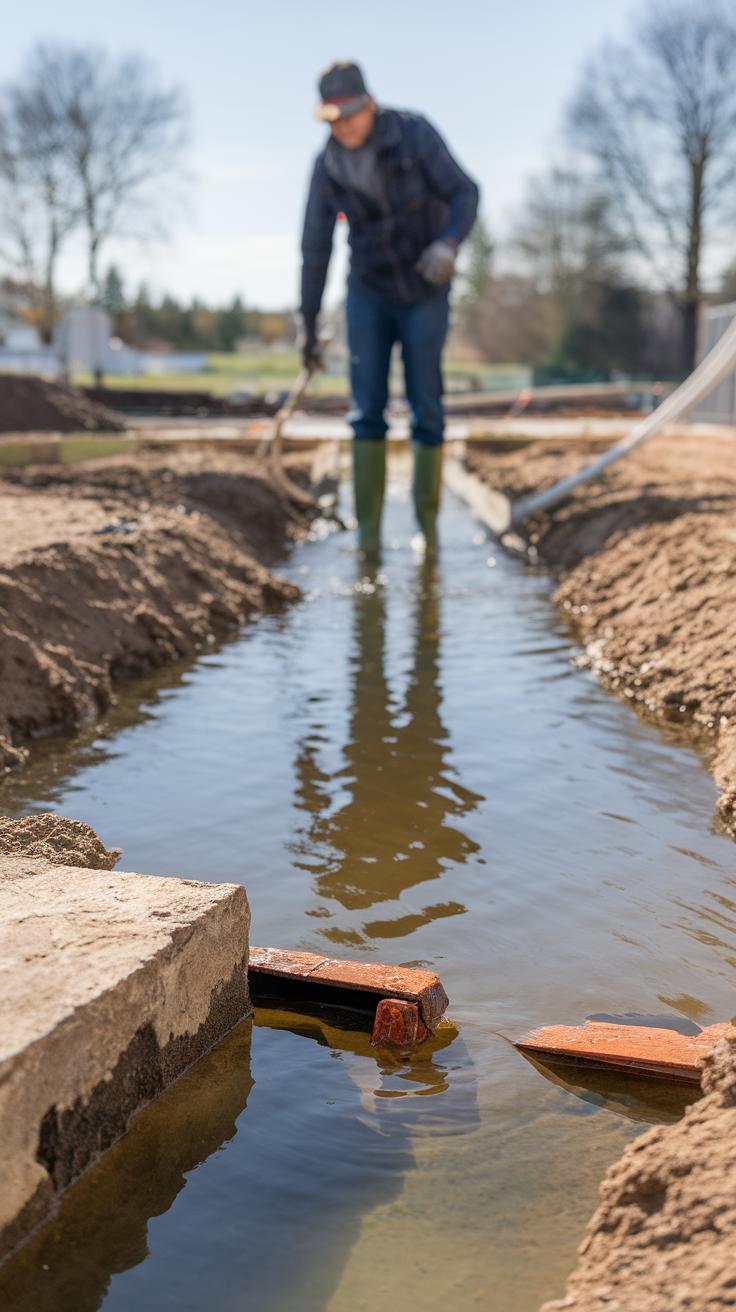
Identifying Problems and Solutions
Homeowners may face various problems with their DIY septic systems. One common issue involves slow drains. This often occurs due to blockages in the pipes or the tank. Clearing these blockages usually requires a plumbing snake or plunging the toilets. Regular checks on the tank may also reveal clogs.
Odors around the system can create discomfort. To address this, check the tank’s venting. Proper ventilation helps gases escape and keeps the area odor-free. If you notice excessive odors, ensure the vent pipe isn’t blocked.
Another challenge is excess water around the drain field. Poor drainage can occur from compacted soil or overloading. To fix this, homeowners can aerate the soil or reduce water usage in the house. Regular inspections and addressing problems early can help maintain a healthy septic system.
Adhering to Regulations Legal Standards for DIY Septic Systems
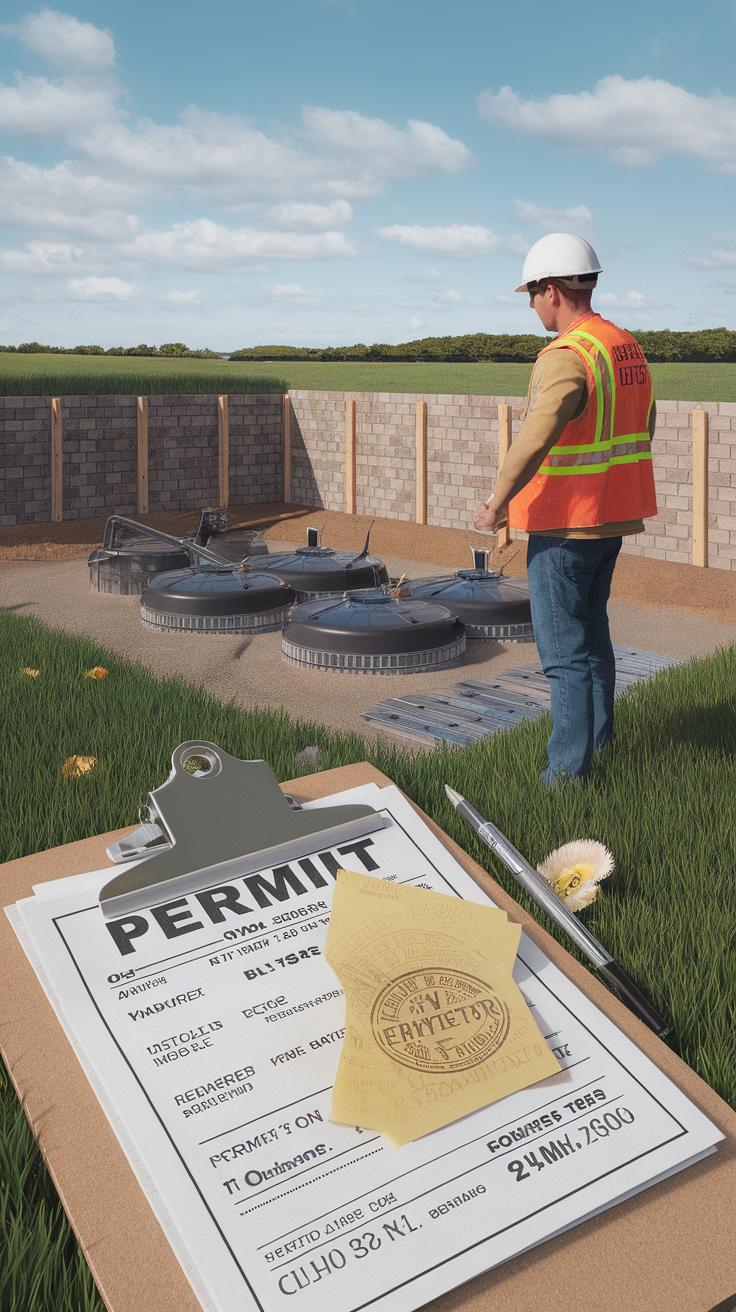
Understanding Compliance
Building a DIY septic system requires careful consideration of local laws and regulations. Every state and county has its own rules regarding septic systems, and homeowners must follow these to avoid legal issues. Researching these regulations saves you time and money later. Many counties require permits before installation, inspections during the process, and final approvals. Homeowners should contact their local health department or environmental agency for guidance.
Importance of Following Regulations
Following legal standards prevents environmental damage and protects public health. Improperly installed systems can lead to soil contamination and water supply issues. Neglecting regulations can result in heavy fines or forced removal of the system. Homeowners can ensure their DIY project is safe and effective by adhering to these guidelines. Taking the time to comply with regulations not only safeguards your investment but also promotes community welfare.
CostEffective Strategies for DIY Septic Systems

Affordable Installation Methods
Homeowners seeking cost-efficient septic systems should focus on repurposing materials. Salvaged concrete blocks or bricks work well for building septic tanks. Local landfills often offer lower prices on materials that might be perfect for your project. Consider using gravel or sand from nearby sources instead of purchasing pricey materials. Take your time to research local options to minimize transportation costs.
Maintenance Savings
Regular maintenance significantly extends the life of a septic system. Homeowners can save money by conducting routine inspections themselves. Check for leaks, clogs, or unusual odors. Be proactive with pumping the tank every three to five years. Planting native vegetation around the drain field can also help absorb excess water and reduce the need for costly repairs. Understanding the system can help homeowners catch potential issues before they become expensive disasters.
Sustainable Practices for EcoFriendly Septic Systems
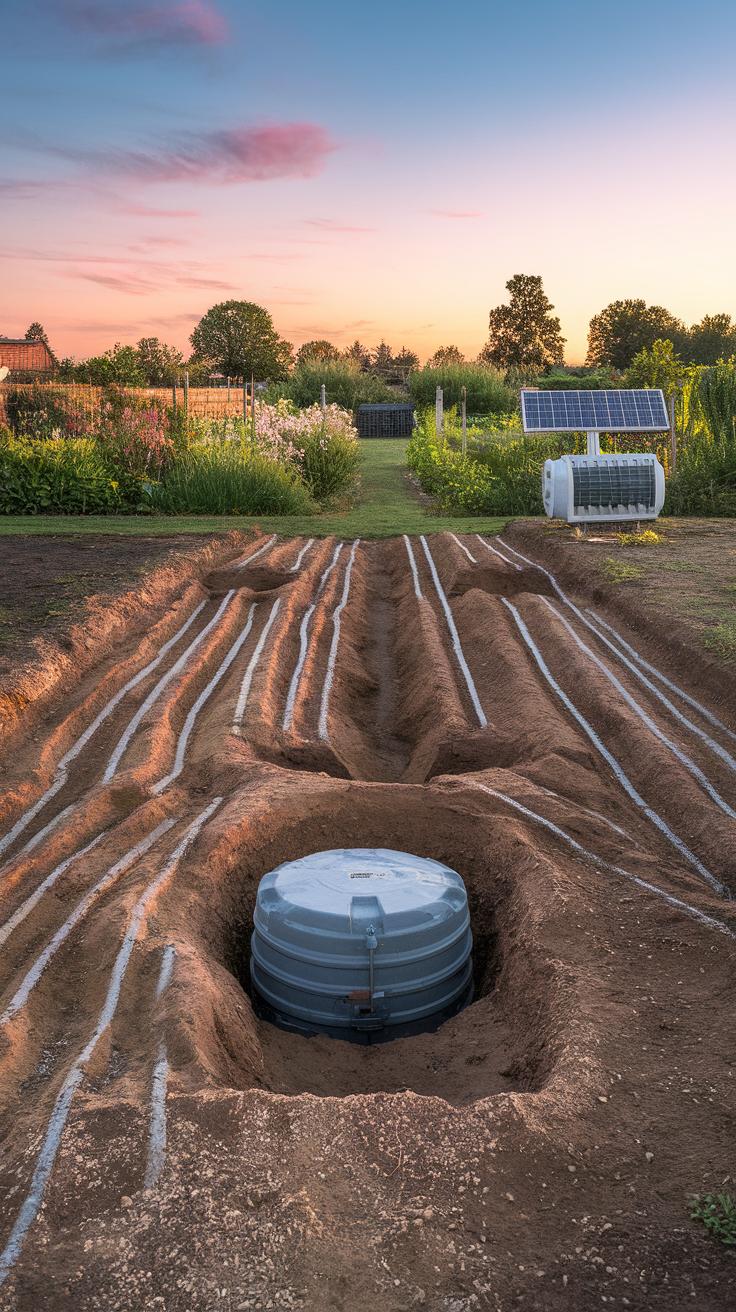
Understanding Eco-Friendly Maintenance
Homeowners can maintain an eco-friendly septic system through simple practices that protect both the system and the environment. Regular inspections ensure that the system operates properly. Homeowners should schedule professional check-ups every 1 to 3 years. During these inspections, a technician can identify potential issues before they become serious problems.
Choosing Safe Products
Using eco-friendly household products contributes to a healthy septic system. Homeowners should avoid harsh chemicals, as these can disrupt the natural bacteria that treat wastewater. Instead, opt for biodegradable soaps and natural cleaners. In addition, limit water usage to prevent overloading the system. Simple actions such as fixing leaks and spreading out laundry loads help maintain balance within the system.
Conclusions
A DIY septic system serves as a viable solution for off-grid homeowners wishing to manage their wastewater efficiently. Through understanding the components of a septic system, proper installation, and regular maintenance, you can establish a reliable sewage treatment option that meets your household needs. As you navigate the intricacies of this process, remember that compliant systems not only protect your environment but also enhance your quality of life.
Building your own septic system may initially seem daunting, but equipped with the right knowledge and tools, you can succeed in creating a sustainable solution. This guide aims to demystify the process and offer effective strategies. As you take this important step toward independence, each element contributes to a healthier home and environment, making your off-grid living experience more enjoyable.


